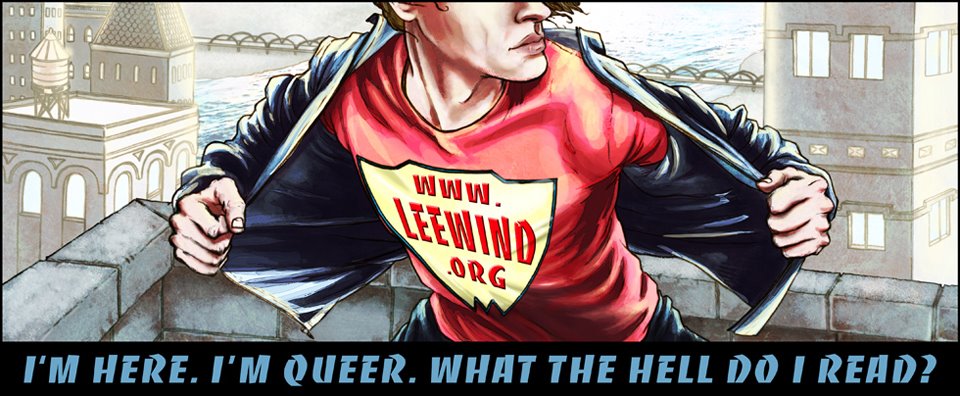
By Hayden Thorne
In this Victorian Ghost story, Natty (Nathaniel) leaves the secluded village where he grew up and accompanies his cousin to the estate of the sophisticated Miles Lovell.
Natty discovers he's attracted to the more worldly Miles, and struggles against his own nature.
Meanwhile, his family is self-destructing, and if that weren't enough, the faceless ghost of a woman starts to haunt him. He becomes convinced she's a Banshee, a harbinger of doom.
If he's ever going to have a life to call his own, Natty must navigate all these perils...
Add your review of "Banshee" in comments!
960.jpg)















2 comments:
I'd like to say that I was privileged to be reading this book as she wrote it, and it's beautiful and truly evocative of the era. Anyone who loves the good classical fiction will - I'm sure - find this to be as much of a gem as I did.
(Hayden liked my review and asked me to re-post it here. I hope it isn't too long!)
‘Banshee’ is set in the Isle of Wight and the south west of England, in the Victorian era. The hero is the sheltered child of a country parson. He learns about the more sophisticated, and not always friendly, outside world through visits to his maternal relatives. Gradually, he learns more about himself as well. He is haunted by a spirit whom (according to the blurb, so this is not a spoiler)he sees as a ‘harbinger of doom’. Whilst there is tragedy in the plot and in Nathaniel’s immediate circle, Natty himself ends in a position of hope, though the ending is open for the reader’s own interpretation. Whether the spirit is real or the product of imagination is also left to the reader to decide.
This is a clever story. It is quite short, has moments of intense excitement (depending on your view of ghosts) and deep emotion. The settings are well drawn and usher the reader firmly into both the locations and the period. The minor characters are developed with care. For a younger reader it gives a glimpse of the problems faced by Victorian young adults and lets them measure their own angst against that of an earlier age. The issue of sexual preference is dealt with carefully so that the book is suitable for teens and could be recommended by a teacher or librarian. It is neither coy nor over-explicit. The cover lets us know that this is a ghost story, something to be considered when stocking the book in a library or bookshop. As a way of capturing the teenage imagination and using that capture to explore other issues, this book is excellent. It is a story of self-discovery, with the added spice of the supernatural.
I suspect that older young adults might feel short-changed. There is, perhaps, not quite enough discussion of Nathaniel’s feelings either about the ghost or about his homosexuality. I think this is a criticism of the catch-all YA marketing imprint rather than of the book itself. The 13-16 age group and the 17-21s can require different approaches and yet publishers lump them together.
I also wonder whether teens outside the UK would be as intrigued by the settings. I know the author is American and I am personally impressed by the fantastic research. I just think that perhaps the market for ghosts and gay Victorians might be too small to bring the kind of royalties the writer deserves. I really hope I’m wrong!
If you have teenagers to buy for, this might make a good introduction to GLBT reading and some discussion points around those issues and the existence of ghosts.
Post a Comment